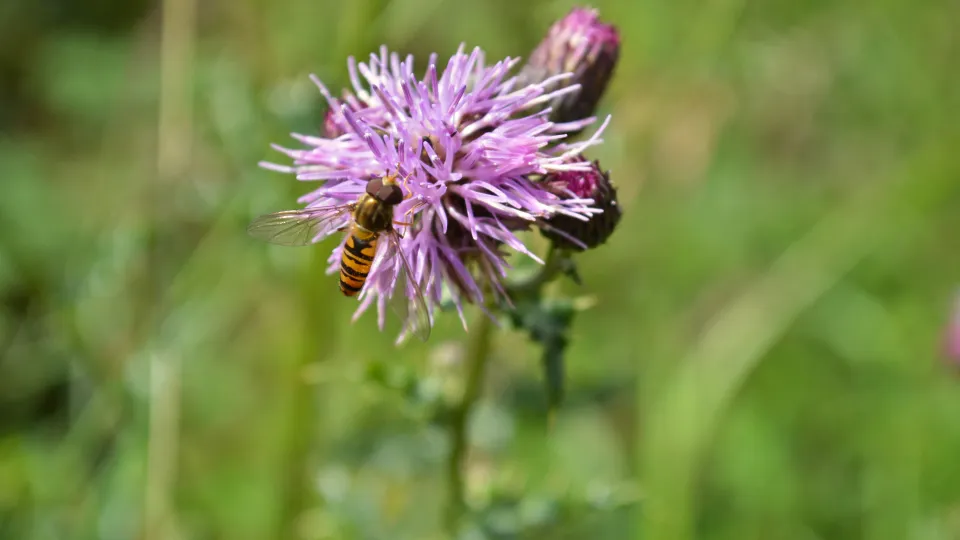
Marmalade fly
Our most common hoverfly, the marmalade fly is orange with black bands across its body. It feeds on flowers like tansy, ragwort and cow parsley in gardens, hedgerows, parks and woodlands.

Our most common hoverfly, the marmalade fly is orange with black bands across its body. It feeds on flowers like tansy, ragwort and cow parsley in gardens, hedgerows, parks and woodlands.
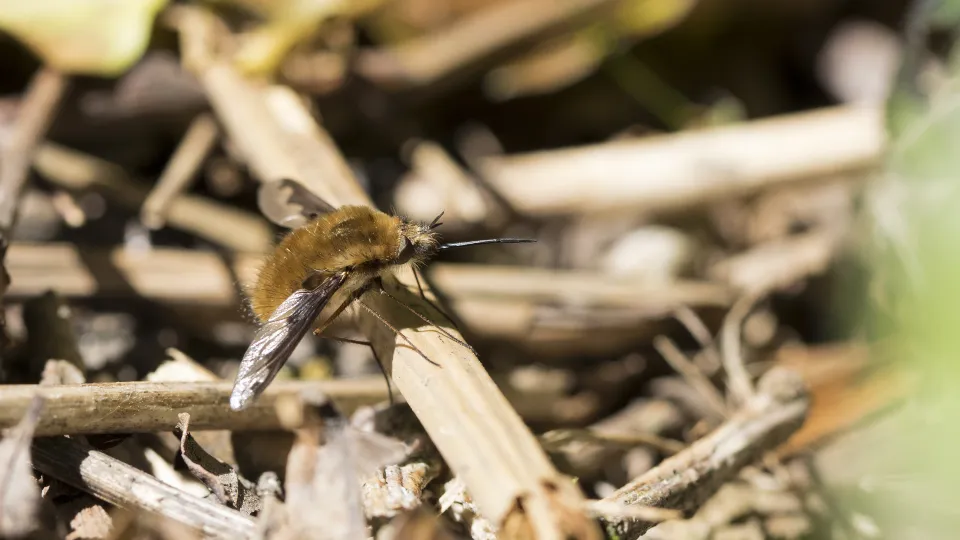
Our largest and most common bee-fly, the dark-edged bee-fly looks just like a bumblebee, and buzzes like one too! It feeds on flowers like primroses and violets in gardens, parks and woodlands.
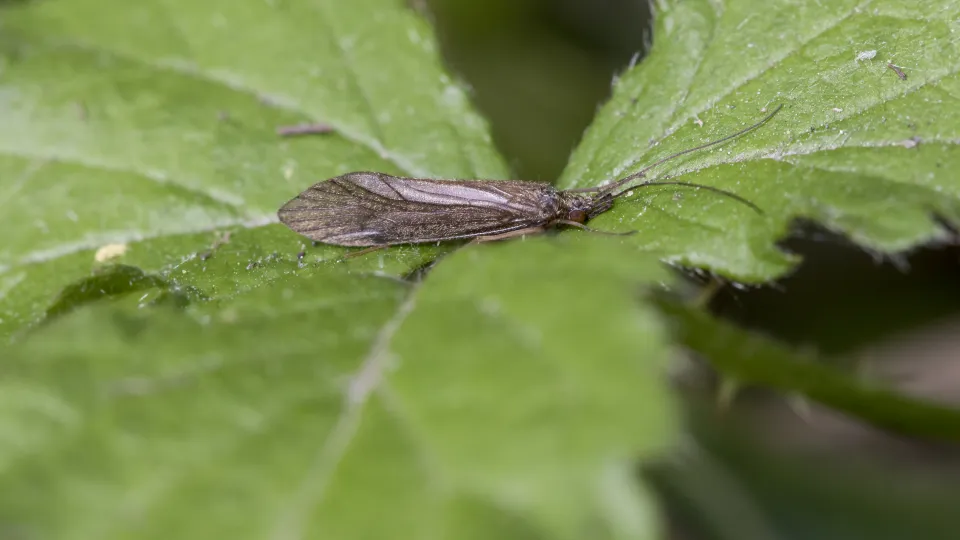
Caddisflies are a large order of insects that can be found in all kinds of wetlands. The larvae are known for making cases to pupate in, gathering stones, sand and leaves, and wrapping them with silk.

The Alder fly is a blackish invertebrate, with delicately veined wings that it folds over its body like a tent. It can be found near ponds and slow-flowing rivers; the larvae living in the silt at the bottom.
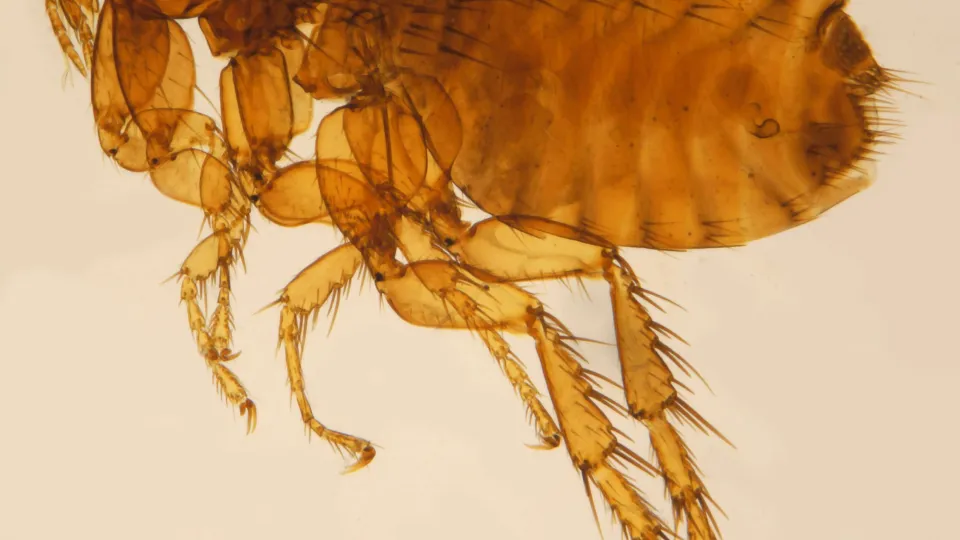
You are most likely to spot the cat flea if you have pets. It will feed on cats, dogs and people, although it can't live on us. It is a pest and needs to be controlled in the house for the comfort of pets and people.
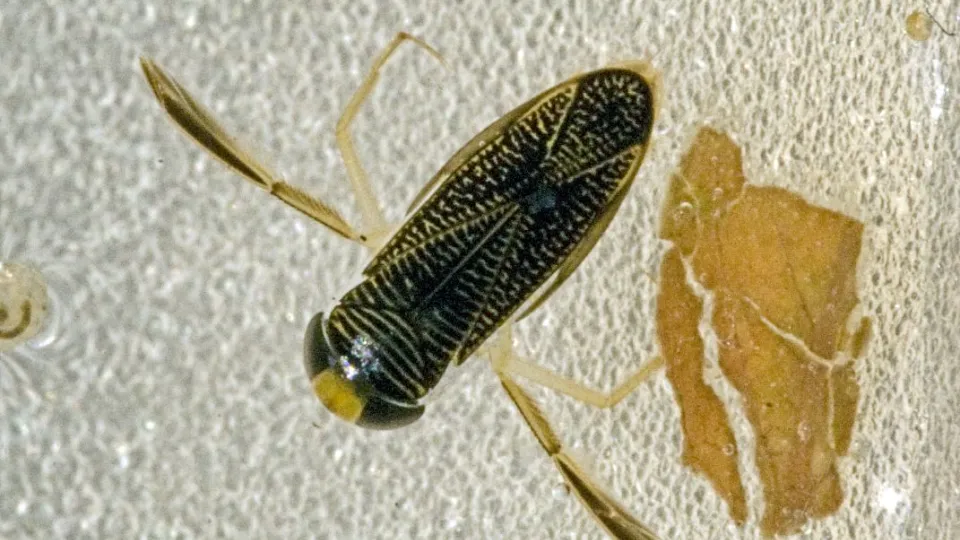
Similar to the Common backswimmer, the Lesser water boatman has oar-like legs to help it swim, but it does not swim upside-down. It is herbivorous and can be found at the surface of ponds, lakes and ditches.
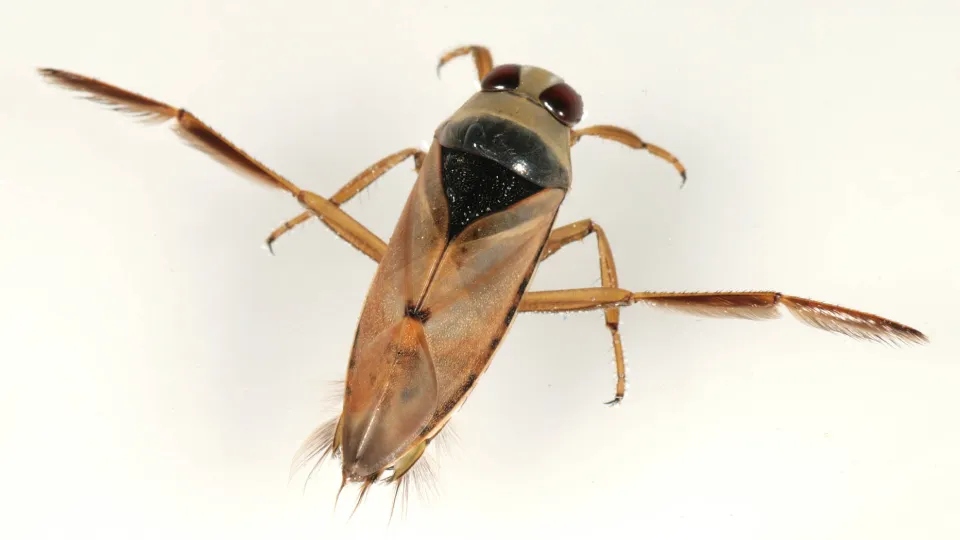
The fearsome common backswimmer hunts insects, tadpoles and fish. It uses its oar-like legs to swim upside-down under the water's surface where unsuspecting prey can be found.

An underwater predator, the Saucer bug uses its front pincer-like legs to catch its prey. It can be found at the bottom of muddy, weedy ponds; but handle with care - it can inflict a painful bite!
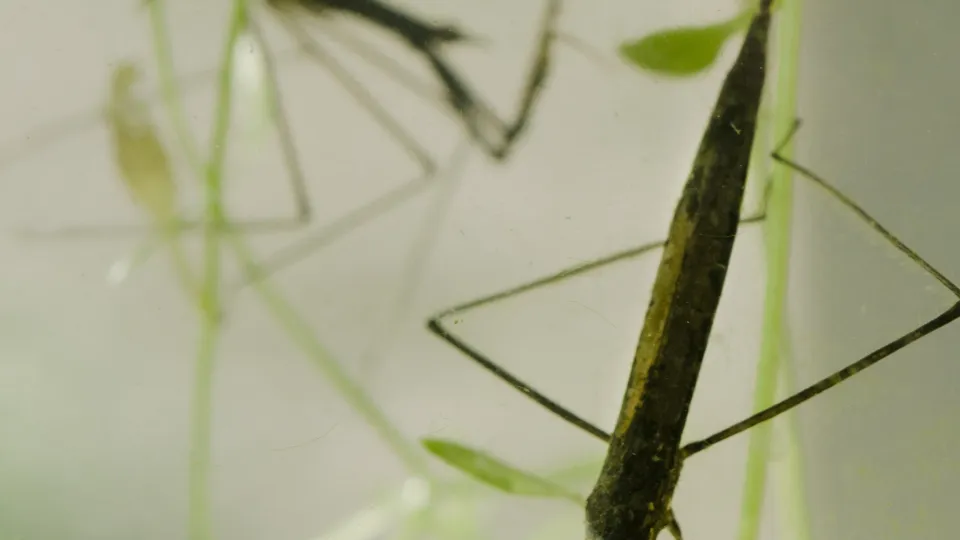
The water stick insect looks just like a mantis. An underwater predator, it uses its front legs to catch its prey. Its tail acts as a kind of 'snorkel', so it can breathe in the water. Look for it in ponds and lakes.

The water scorpion is not a true scorpion, but it certainly looks like one! An underwater predator, it uses its front pincer-like legs to catch its prey. Its tail actually acts as a kind of 'snorkel', rather than a sting, so it can breathe in the water.